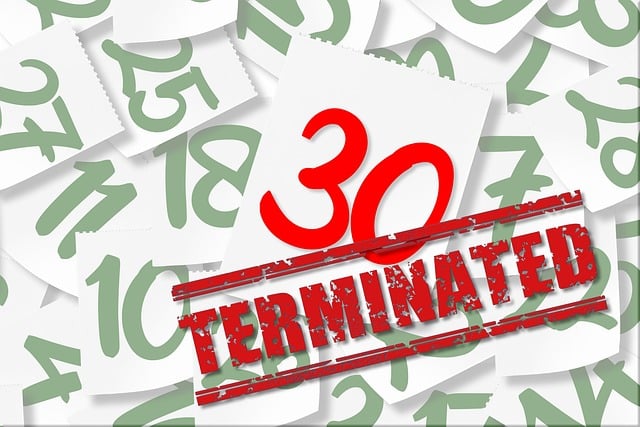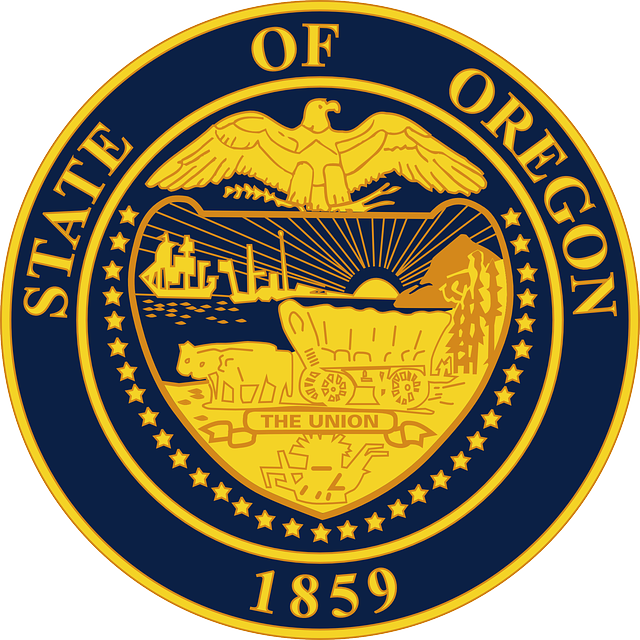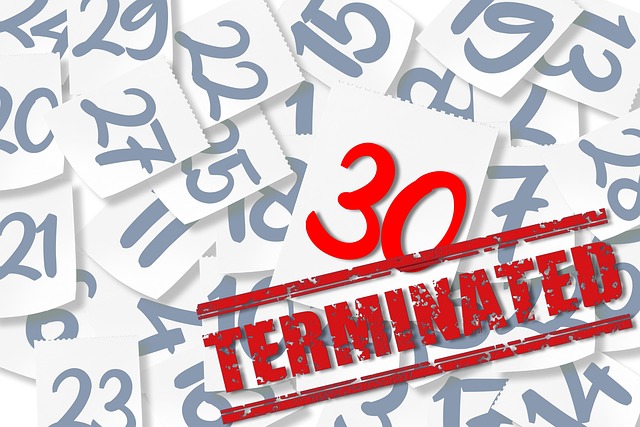Oregon's robust child support enforcement system ensures financial obligations are met for children. The process starts with a court order based on parents' income and custody arrangements, after which the Oregon Department of Human Services (DHS) takes over using methods like wage garnishments and tax refund offsets. Transparent communication is key. Dedicated resources like the Child Support Division guide payment plans and take legal enforcement actions if payments are outstanding, ensuring a structured and lawful approach to enforce support payments for the benefit of children.
In Oregon, ensuring timely child support payments is crucial for the financial stability of both children and their families. Understanding the state’s support enforcement process, including its legal mechanisms, is essential for parents obligated to make these payments. This article guides you through Oregon’s support enforcement system, offering insights into effective strategies to enforce support payments legally while adhering to the state’s defined procedures. By following these steps, parents can navigate the support payment process with confidence and integrity.
- Understanding Oregon's Support Enforcement Process
- Legal Mechanisms for Enforcing Child Support Payments
- Steps to Ensure Effective and Legal Support Collection
Understanding Oregon's Support Enforcement Process

Understanding Oregon’s Support Enforcement Process
In Oregon, the support enforcement process is designed to ensure that children receive financial support from their parents or legal guardians. This involves a series of steps aimed at collecting and distributing child support payments legally. The process begins when a court orders a parent to pay child support, based on factors such as income, custody arrangements, and the child’s needs. Oregon’s Department of Human Services (DHS) then takes over, serving as the legal agent for enforcing these orders.
The DHS utilizes various methods to enforce support payments, including wage garnishments, tax refunds offsets, and financial institution levies. They also work closely with local law enforcement agencies to locate non-custodial parents and ensure compliance with court orders. Regular communication between parents and the DHS is crucial, as it helps keep track of any changes in income or life circumstances that may impact child support obligations. This transparent process ensures that Oregon’s support enforcement remains fair and effective while prioritizing the best interests of the children involved.
Legal Mechanisms for Enforcing Child Support Payments

In Oregon, enforcing child support payments is facilitated by a robust legal framework designed to ensure financial stability for children and their families. The state’s Department of Social and Human Services (DSHS) plays a pivotal role in administering and enforcing child support orders. Legal mechanisms include wage garnishment, where employers are required to withhold a portion of a non-paying parent’s wages, and levying on bank accounts and assets, allowing the DSHS to seize funds or property to satisfy unpaid support obligations.
Additionally, Oregon offers tools such as the Child Support Enforcement Program (CSEP), which employs various strategies like locating absent parents through data matching and tracking services, and establishing paternity. These measures ensure that support payments are not only collected but also distributed effectively to the children they are intended for.
Steps to Ensure Effective and Legal Support Collection

To ensure effective and legal support collection in Oregon, individuals involved in child support matters should navigate the state’s established procedures. First, it’s crucial to initiate the process by filing a motion or petition with the appropriate court, outlining the need for support enforcement. This may include gathering evidence of non-payment and any relevant financial documents. Once filed, the court will issue an order, legally enforcing the collection of past due support payments.
Additionally, Oregon offers various resources and agencies dedicated to support enforcement, such as the Oregon Child Support Division. These entities facilitate communication between parents, provide guidance on payment plans, and can take enforcement actions like wage garnishments or intercepting tax refunds if payments remain outstanding. Utilizing these steps and resources ensures a structured and legal approach to enforce support payments.






